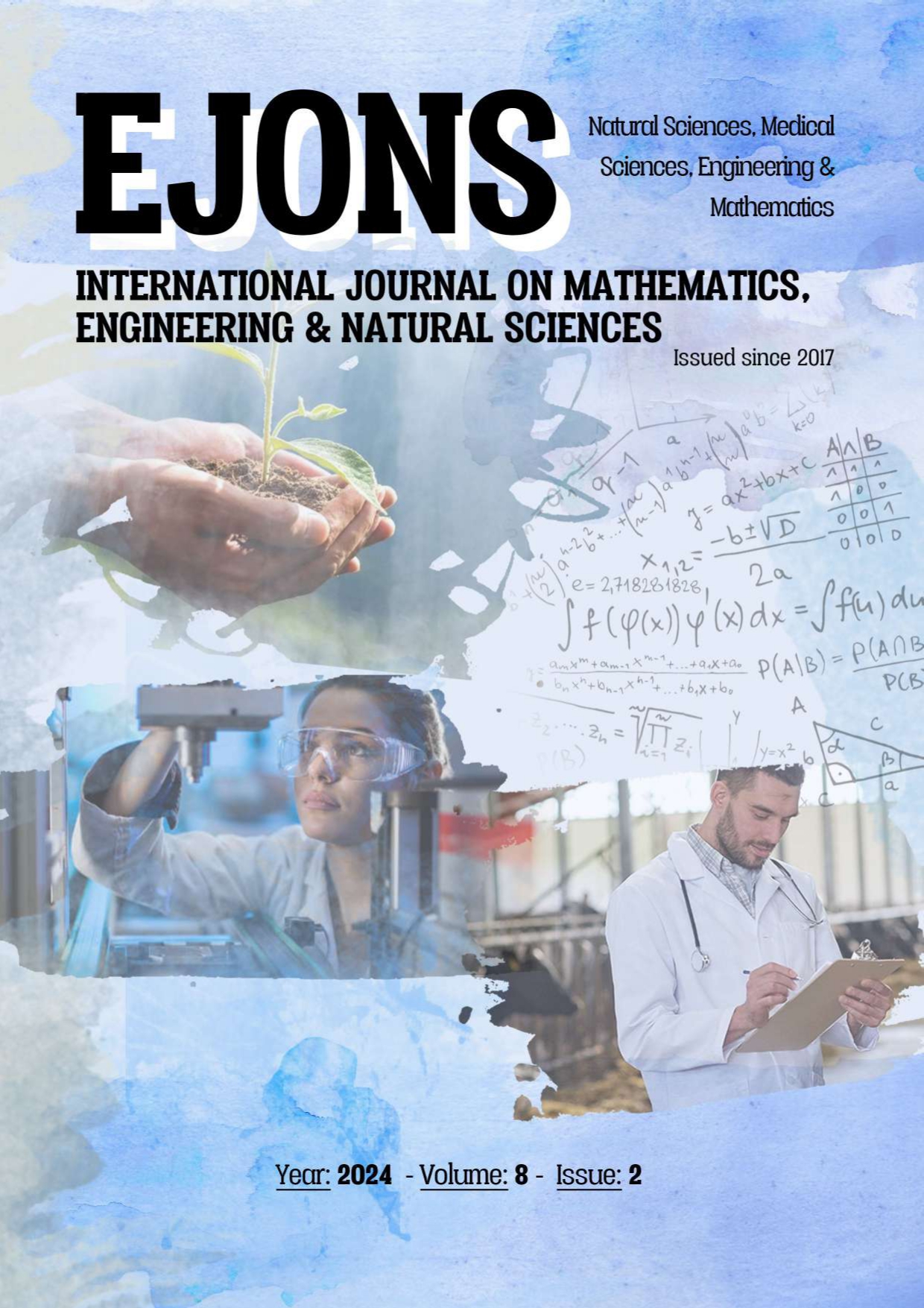Research and Basic Technological Expectations on Industrial Welding Robots
DOI:
https://doi.org/10.5281/zenodo.12515838Keywords:
Welding sensor, welding robot, arc welding, seam tracking technology, development trendAbstract
The use of robots is quite common in industrial welding applications. However, in modern technology, robotic welding applications are still under development. In recent years, studies on the development of robotic welding technology; significant developments have been achieved in areas such as weld seam tracking system, machine user interface database, offline programming method, trajectory tracking and creation, and intelligent control systems. On the other hand, the need for training of welding operators in the use and programming of welding robots and the use of inadequate machine interfaces in the implementation of complex welding processes pose a problem. It is thought that with the development of intelligent control technology and artificial intelligence systems of machine interfaces, path planning technologies (such as neural network algorithm, ant colony), especially in intelligent welding robots, will direct future research in solving welding-related problems. In addition, factors such as seam quality, penetration, pore structure, depth and cross-section of the part to be welded are also included in the interface software of the robot using image processing methods in the applications of welding robots. Taking all these data into consideration, in this article, the problems in welding applications are stated, and analyzes regarding the current status and requirements of robotic welding technology have been made for reference purposes in order to be useful for future R&D studies on welding applications and manufacturing companies
References
Anonim, (2012). Endüstriyel Robotlar. Endüstri Mühendisleri İletişim Portalı. [Erişim Tarihi: 05.04.2024] https://endustrimuhendisligi.blogspot.com/2012/12/endustriyel-robotlar.html
Aydemir, H. (2021). Otonom Mobil Robotlarda Kümeleme Yöntemi ile Tam Kapsama Planlama. Fen Bilimleri Enstitüsü, Bilişim Sistemleri Anabilim Dalı, Yüksek Lisans Tezi Kahramanmaraş Sütçü İmam Üniversitesi, Kahramanmaraş.
Büyüktümtürk , F., Yılmaz ,Ö., Ertaşkın ,H., Akıncı , T.Ç., (2009). Bilgisayar Kontrollü Vinç Sistemi Tasarımı ve Uygulaması. 5. Uluslararası İleri Teknolojiler Sempozyumu (IATS’09), Karabük. Erişim Tarihi: 03.01.2020] https://www.researchgate.net/publication/237623341_BILGISAYAR_KONTROLLU_VINC_SISTEMI_TASARIMI_VE_UYGULAMASI_WINCH_SYSTEM_CONTROLLED_BY_COMPUTERS_DESIGN_AND_APPLICATION
Dilibal, S., & Şahin, H. (2018). İşbirlikçi Endüstriyel Robotlar ve Dijital Endüstri. International Journal of 3D Printing Technologies and Digital Industry, 2(1), 86-96.
Ferreira, N. F. (2023). The Use of Collaborative Robots for Tasks with Arc Welding. doi: 10.20944/preprints202308.1517.v1
Gulumkar , A. P., Kekan, G. (2020).Review on Collaborative Robot in Welding Application. International Journal of Innovative Research in Science, Engineering and Technology (IJIRSET) Impact Factor: 7.512| || Volume 9, Issue 6.
Huan, Z., Ma, W., Wang, J., & Wu, F. (2022). Path Planning and Optimization for Micro-Robot in a Vessel-Mimic Environment. Frontiers in Neurorobotics, 16, 923348.
Kah, P., Shrestha, M., Hiltunen, E., & Martikainen, J. (2015). Robotic Arc Welding Sensors and Programming in Industrial Applications. International Journal of Mechanical and Materials Engineering, 10, 1-16.
Pires, J. N., Loureiro, A., & Bölmsjo, G. (2006). Welding Robots: Technology, System Issues and Application, Springer Science & Business Media.
Roboder (2023). Türkiye Robotik ve Otomasyon Zirvesi 2023 Sonuç Raporu 04.11.2023 – İSTANBUL https://roboder.org.tr/wp-content/uploads/2024/02/Turkiye-Robotik-ve-Otomasyon-Zirvesi-2023-Sonuc-Raporu-1.pdf
Schumacher, S., Hall, R., Waldman-Brown, A., & Sanneman, L. (2022). Technology Adoption of Collaborative Robots for Welding in Small and Medium-sized Enterprises: A Case Study Analysis. In Proceedings of the Conference on Production Systems and Logistics: CPSL 2022 (pp. 462-471). Hannover: publish-Ing..
Sung, I., Choi, B., & Nielsen, P. (2021). On The Training of a Neural Network for Online Path Planning With Offline Path Planning Algorithms. International Journal of Information Management, 57, 102142.
Szghtech (2022).Yerli Kaynak Robotları ile İthal Kaynak Robotları Arasındaki Farklar Nelerdir? https://tr.szghtech.com/news/what-are-the-differences-between-domestic-weld-64222156.html
Türker, K. S. (2015). Endüstride Kaynak Robotları (Proseslerin İncelenmesi ve Geliştirilmesi). Master's thesis, Fen Bilimleri Enstitüsü.
Wang, X., Xie, Z., Zhou, X., Gao, J., Li, F., & Gu, X. (2022). Adaptive Path Planning For The Gantry Welding Robot System. Journal of Manufacturing Processes, 81, 386-395.
Yu, J., Su, Y., & Liao, Y. (2020). The Path Planning Of Mobile Robot By Neural Networks and Hierarchical Reinforcement Learning. Frontiers in Neurorobotics, 14, 63.
Zhang, W., Dong, Z., & Liu, Z. (2017). Present Situation and Development Trend of Welding Robot. In 2017 2nd International Conference on Materials Science, Machinery and Energy Engineering (MSMEE 2017) (pp. 933-936). Atlantis Press.
Zizhuo , L., Junsong, W., Jiaying, W., Anqi, X. (2023). Research and Expectation on Industrial Welding Robots. Applied and Computational Engineering 11(1):263-267, DOI: 10.54254/2755-2721/11/2023026371). Hannover: publish-Ing.
Downloads
Published
How to Cite
Issue
Section
License
Copyright (c) 2024 EJONS INTERNATIONAL JOURNAL

This work is licensed under a Creative Commons Attribution-NonCommercial 4.0 International License.


